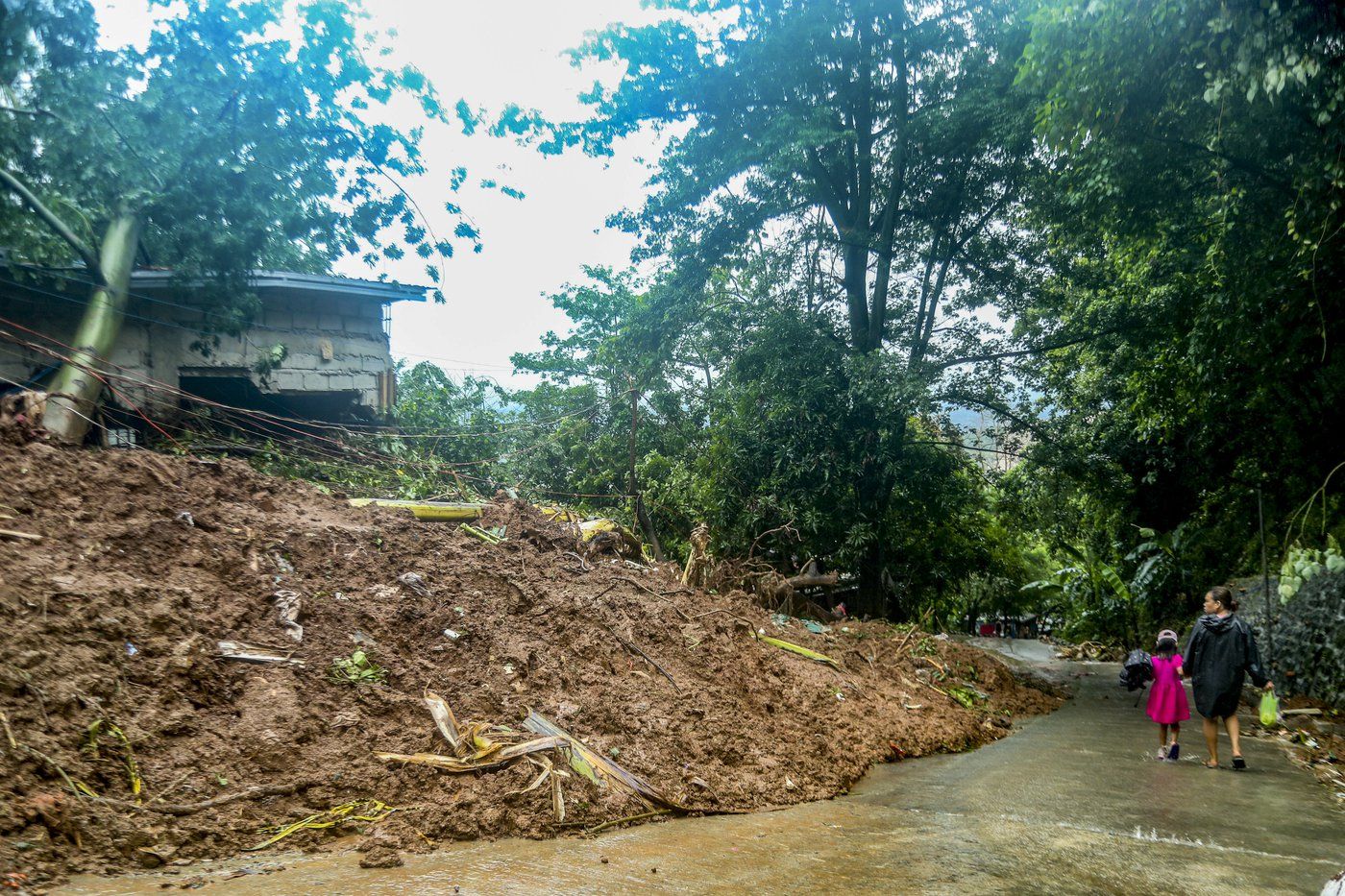September 5, 2024 — The Department of Agriculture (DA) has further increased its estimate of damage caused by Typhoon Enteng to P400 million, up from previous estimates of P350.85 million. The typhoon, which hit several provinces in Luzon, has left a devastating impact on the country’s agriculture sector, with rice fields, corn crops, and high-value fruits and vegetables among the hardest hit.
Agricultural Impact
The majority of the damage, over 94%, has affected rice crops in central and northern Luzon, regions known for their agricultural output. Local farmers have expressed concerns about the upcoming planting season, with many fields still submerged in water days after the typhoon. This could lead to delays in replanting, resulting in long-term production challenges.
Corn crops, representing 4% of the losses, and high-value crops like fruits and vegetables, comprising 1%, also suffered damage. The impact on these high-value crops is particularly concerning, as they are a significant source of income for farmers and contribute to both local markets and export industries.
The DA has been coordinating with local government units to ensure that immediate assistance, including seeds, fertilizers, and cash aid, reaches affected farmers.
Wider Economic Concerns
Beyond agriculture, the storm’s effects have also been felt in infrastructure and the economy. With roads, bridges, and irrigation systems damaged, the transport of goods and services has been significantly slowed. Local officials are working to assess the extent of infrastructure damage, particularly in Isabela, Cagayan, and Nueva Ecija, where major rice-producing areas have been affected.
Many of the 13,600 affected farmers and fishermen have expressed concern over how long it will take to return to normal operations. The storm’s impact on fishing communities, especially those in coastal regions, is also notable, with boats and equipment lost or severely damaged by strong winds and waves.
Fatalities and Displacement
The National Disaster Risk Reduction and Management Council (NDRRMC) has confirmed that 12 people lost their lives due to Typhoon Enteng. Most of the fatalities occurred in Rizal, Camarines Norte, and Antipolo City, where landslides and flash floods devastated communities. Rescue teams are still searching for several missing persons, as many areas remain difficult to access due to blocked roads and high water levels.
Over 63,000 people have been evacuated to 452 centers across Luzon, with ongoing efforts to provide food, water, and medical supplies to those affected.
Monsoon Rains Continue
Although Typhoon Enteng has exited the Philippine Area of Responsibility (PAR), it continues to enhance the southwest monsoon, causing continued rains in the western parts of Luzon. The Philippine Atmospheric, Geophysical and Astronomical Services Administration (PAGASA) has warned of potential flash floods and landslides, particularly in Metro Manila, Bataan, and Zambales. These conditions are expected to persist for the next few days, making recovery efforts more difficult.
⚠️ **PAGASA Weather Warnings**
– Expect **moderate to heavy rainfall** over the next 48 hours
– Residents in landslide-prone areas advised to evacuate early
Government Response
President Ferdinand “Bongbong” Marcos Jr. has announced the deployment of more resources to accelerate relief and rehabilitation efforts. The government has allocated P65.6 billion in standby funds to assist with food, shelter, and medical aid. The Department of Public Works and Highways (DPWH) has deployed 1,700 pieces of heavy equipment to clear national roads, which remain blocked by landslides and fallen trees.
Electricity restoration is ongoing, with power gradually being restored in affected areas. The government has also distributed over 2,000 pieces of emergency communications equipment to ensure that rescue and relief operations remain coordinated and effective.
Call for Support
With thousands still displaced and recovery efforts just beginning, non-governmental organizations (NGOs) and local government units (LGUs) are calling for public support. Donations of food, clean water, and medical supplies are urgently needed. Volunteers are also being mobilized to assist with clearing operations and the distribution of relief goods.
For those interested in helping, donations can be made through accredited organizations working on the ground. Stay informed by following updates from NDRRMC, PAGASA, and the Department of Agriculture as relief and recovery efforts continue.

Leave a Reply